During its March 21 press event, Apple was keen to market the new 9.7-inch iPad Pro as a Windows PC replacement, pointing out that most 12.9-inch Pro buyers are switchers. But does the smaller Pro stand a chance of luring more converts?
Pros
First, let's look at the factors in Apple's favor. The iPad is, for one, far and away the best-selling tablet on the market, even if its marketshare has eroded. Its popularity has led businesses, developers, and accessory makers to support it en masse, giving the platform the apps and other kinds of support it needs to be a plausible alternative to a laptop or a desktop. Many tasks that were once the province of Mac and Windows PCs, like video editing, can now be performed on an iPad. Microsoft even has an iPad Office suite, something Apple is happy to promote.
With support for the Apple Pencil, and more convenient keyboards thanks to the Smart Connector, the iPad Pro does begin to feel like a more flexible device on which you can get "real" work done.
The simplicity of an iOS device likely has an inherent appeal. There are no video card drivers to worry about, no complex filesystems, and far fewer malware threats. An iPad, particularly the 9.7-inch Pro, is light and compact enough to fit into a satchel or purse. It seems like the sort of no-nonsense science-fiction technology we've been promised since tablets popped up in 2001: A Space Odyssey.
Apple has also integrated cloud services more thoroughly into iOS than Microsoft has into Windows. With everything configured properly, books, music, photos, documents, and even video can be readily accessible.
Microsoft's efforts at evolving Windows for tablets have had mixed results, to put it mildly. The touch interfaces in Windows 8 and 10 are functional, but divisive, and clearly weren't designed with mobile in mind — unlike iOS. Microsoft's first-party Surface tablets have their fans, but haven't exactly set the world on fire.
Cons
One of Apple's fundamental problems is that there's still a lot the iPad can't do, or at least can't do well. There are games it can't play, productivity apps it can't run. You can't run Xcode to make and publish an iOS app on an iPad, ironically, and while you can load Office on iOS, the suite's much more powerful on Windows — including Surface. Many Windows apps are by necessity scaled back for iOS.
Often these limits are attributable to the walls built into the operating system. There's no open filesystem, which restricts how you and/or apps can move files around. Apps in fact have to communicate with each other through very specific channels, and options for customizing the look and feel of the OS are likewise narrow. This is all in the name of security, which might seem essential if Apple didn't have the Mac for comparison.
In other cases, the very nature of the hardware is restrictive. A 9.7-inch screen doesn't present much room for an interface, for example, and even on 12.9-inch models, developers have been slow to exploit the extra space. Because Apple insists on using proprietary connectors, and serves as the gatekeeper for accessory support, there are only so many peripherals you can connect. Forget about mice entirely.
Apple might be loathe to admit it, but storage is a huge problem as well. A $599 Pro comes with just 32 gigabytes — how is that supposed to replace a Windows PC, when many cheaper laptops come with terabyte hard disks, or 128-gigabyte SSDs? The company would like you to store as much as you can in the cloud, but for many people that's impractical or undesirable.
Final thoughts
Apple will no doubt pick up some new iPad-only converts with the 9.7-inch Pro, but probably only people for whom their demands aren't heavy and portability is crucial. An iPad can be a traveler's best friend.
Even people willing to make an iPad their main computing device will probably gravitate towards the 12.9-inch Pro, however. Not only is there more room for apps to breathe, especially when multitasking, but it's slightly faster and has 4 gigabytes of RAM to work with, not just 2 gigabytes.
More probable is what a lot of people already do: keep an iPad as a secondary device. Tablets, from Apple or otherwise, still have some work to do before they can be considered true laptop and desktop replacements.
 Roger Fingas
Roger Fingas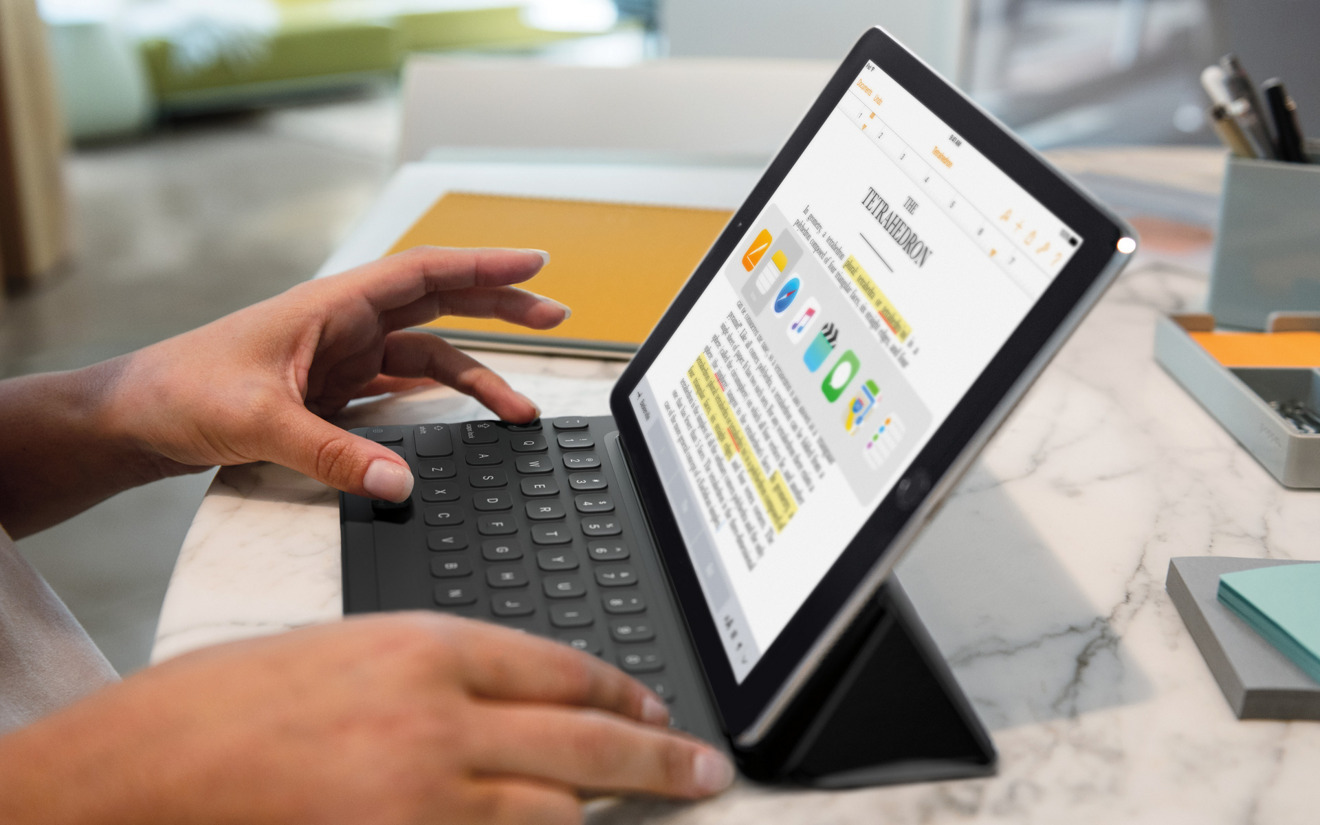
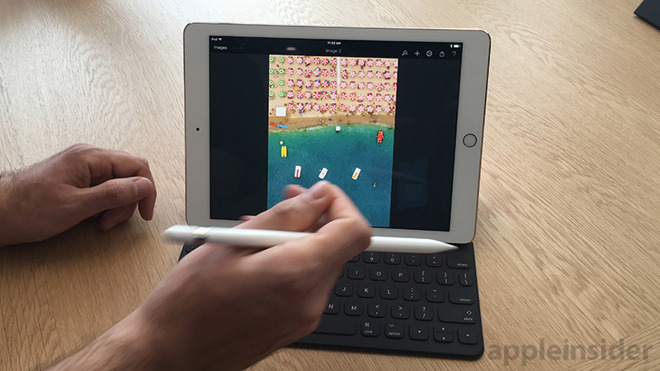
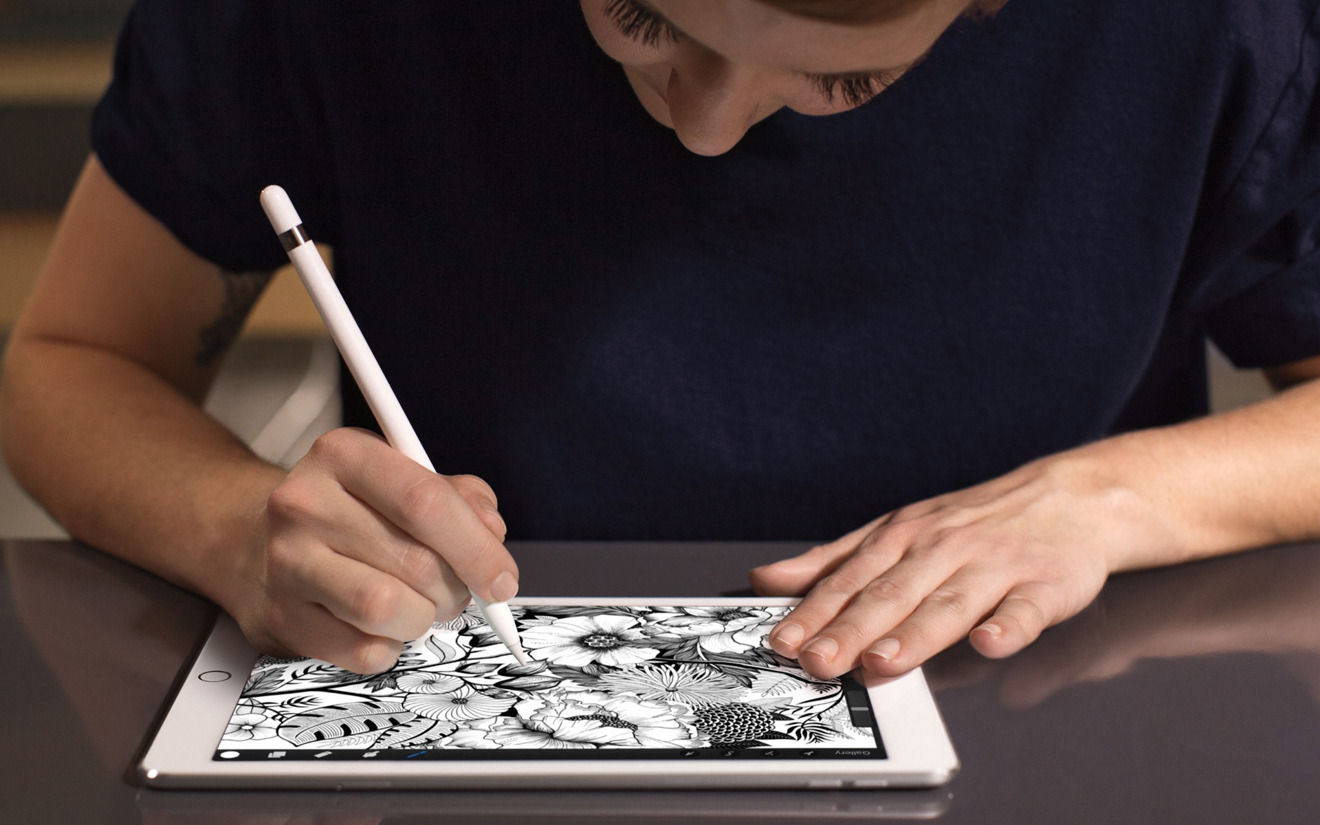




-xl-m.jpg)


-m.jpg)





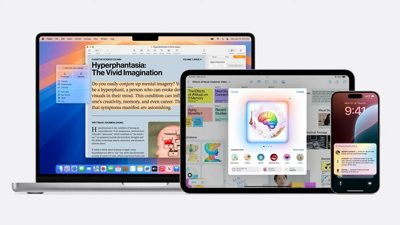
 Malcolm Owen
Malcolm Owen
 William Gallagher
William Gallagher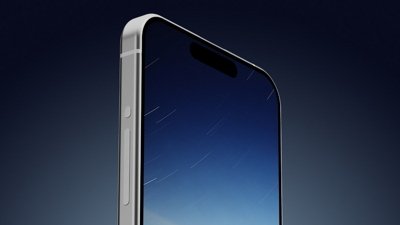
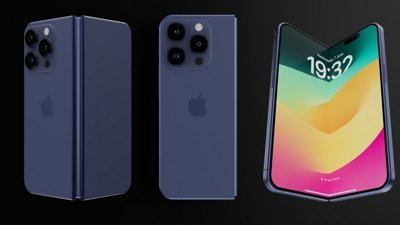
 Amber Neely
Amber Neely
 Andrew Orr
Andrew Orr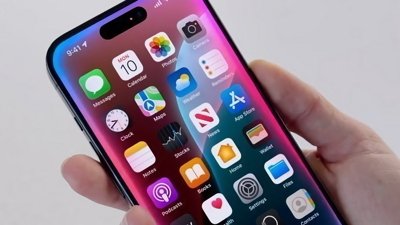



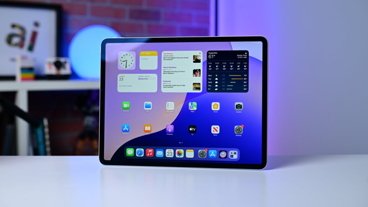






87 Comments
"Will Apple's 9.7" iPad Pro take a chunk out of Microsoft Windows?"
No way. For that Apple needs a Mac tablet.
Has MS's Surface endeavour turned a net profit after all the R&D and engineering they've put into that brand name?
If I were Apple I'd pay $1B if necessary to Adobe to persuade them to bring PS-proper to iPad.
And I'd send Autodesk a few hundred million to bring AutoCAD over.
Apple has all the money in the world, they can use some here to achieve their goals for iPad. AutoCAD Photoshop and a few apps such as these created for touch would make all the difference in the world to how the iPad is perceived for professional work. And once these apps happen most every other pro app will want to follow.
The iPad is a really nice thing. We've got 3 in the house right now. Still using the Macbook Pro for most things. None of the features of the new iPad would change that for me. My wife, on the other hand, switched from a Macbook Air 11" to an iPad Mini a while ago, and mostly she just uses her iPhone 6+. She's the exception though. For most people who are accustomed to using a Mac or Windows laptop to do lots of things, the iPad simply won't replace it. I don't think it's simply a matter of habit. I prefer using the laptop.
It's funny because I work on an iMac and I also needed a portable device, other than the iPhone, that I could work out of the office. I was seriously considering buying a second hand Macbook Pro, but then I realized I could have all of the apps I needed downloaded to my iPad 4 Retina. A pretty outdated iPad but with the addition of outstanding Logitech keyboard/case, I sort of turned the tablet into a mini laptop, lol.
I still love my Mac and that is my bulk machine for work, but I can tell you I'm pretty surprised how well this old iPad can take care of a lot of stuff on the go.